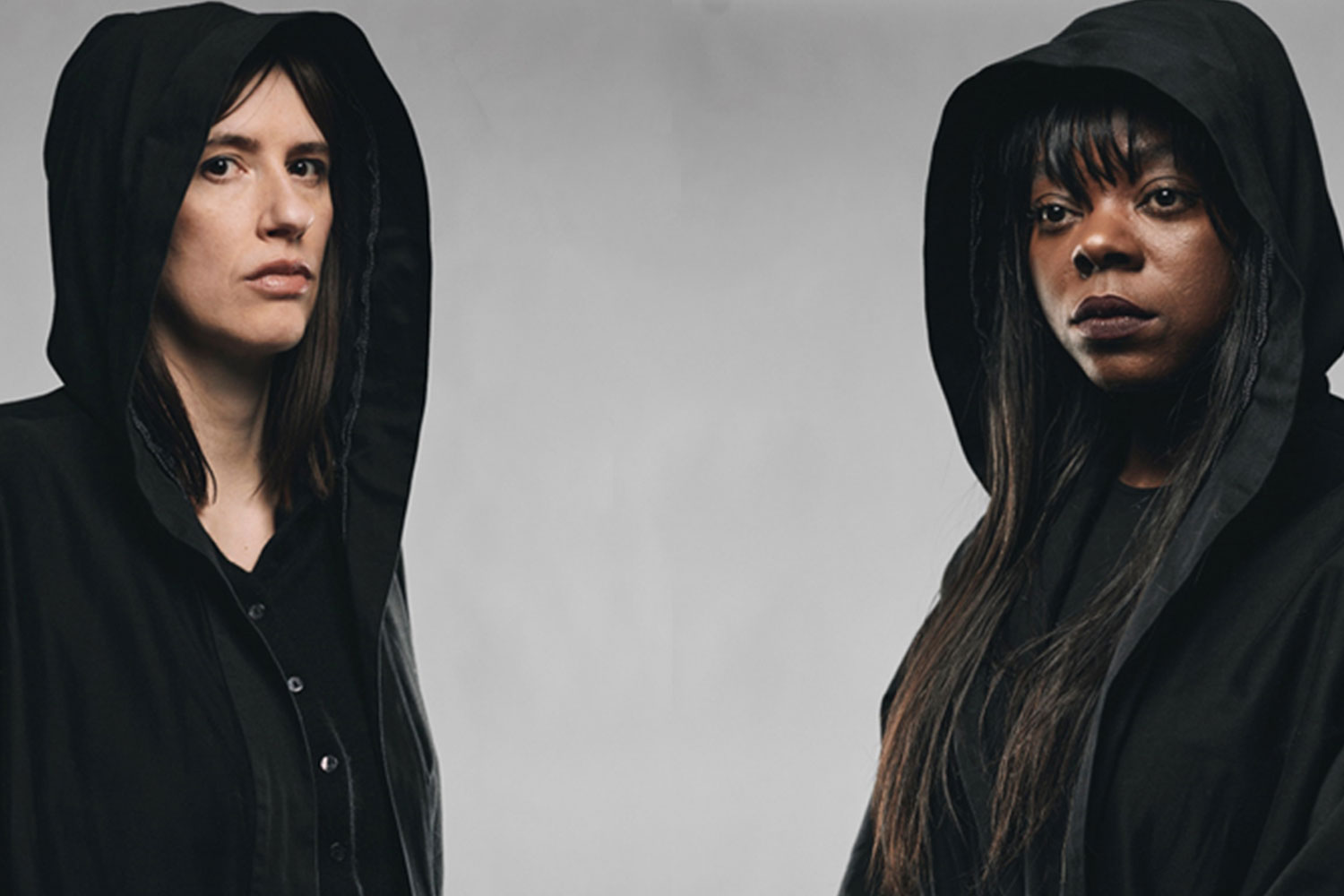Rambert Dance Company – Labyrinth of Love (Plymouth – tour)
A mixed bagatelle of ballet is on offer with Rambert Dance Company’s autumn tour Labyrinth Of Love with acrobatics, percussion and ‘different’ music a constant theme as this innovative company delights with four interesting pieces.
Opening the show is the eponymous piece based on a number of love poems and prose throughout the ages. I plagiarise a colleague’s apt description – ‘it is more than the sum of its parts’ – as it is indeed that.
There is Mat Collinshaw’s projected backdrop – from gently wafting grasses through glowing embers and roiling clouds to snakes and rain – against which the frenetic dance is set upon a highly reflective stage.
Michael Daugherty’s music is soaring, melodic and brash by turns while Kirsty Hopkins’ beautiful soprano cleverly incorporated into both the music and the dance (but uncertain as to the appositeness of the words as almost the only ones I could really hear at times were ‘whippy’ and ‘Richard my husband, my ex husband’ – presumably from Liz Taylor – which I did not relate to anything else on stage). And the dancers themselves provide a touch of Stomp in tights with percussive foot stamping, body slapping and heavy breathing.
And then there is the dance.
Dressed in white (by Conor Murphy) – from swimming trunks and corsets to choppy, flappy dresses – the movement is ever-changing from flowing duets to jerky and acrobatic episodes.
Most traditional is ‘Roses’, Paul Taylor’s fluid piece set to Wagner and Baermann, and reconstructed by Richard Chen See.
Circles abound – circling pas de deux, circling arms and circles within circles of dancers – as five couples, dressed in grey and black, weave a lyrical and occasionally acrobatic spell before a white-clad duo join the party to bring the piece to conclusion.
Very pretty.
Richard Alston is both choreographer and costume designer for ‘Dutiful Ducks’ – a precise rhythmic dance to a percussive poem by Charles Amirkhanian – which features the Critics’ Circle National Dance Award winner Pieter Symonds in the solo role. An interesting concept.
And finally there is the explosive ‘Sounddance’ which starts in momentary silence and with a deserted stage but is soon populated by increasing numbers who enter singly through the sumptuous draped gold backcloth.
Again a mixture of fluid movement and acrobatic pieces follow with blaring electronic music by David Tudor performed by Robert Millett.
There’s buzzing and bleeping, morning chorus and road drills increasing in volume while the dancers strut like displaying birds, wind around and morph with one another in complex frantic lifts and spins, swapping partners like there’s no tomorrow (and one gets the impression that perhaps in this world there is indeed no tomorrow) and eventually disperse leaving the stage once more deserted – and more to the point mercifully quiet.










